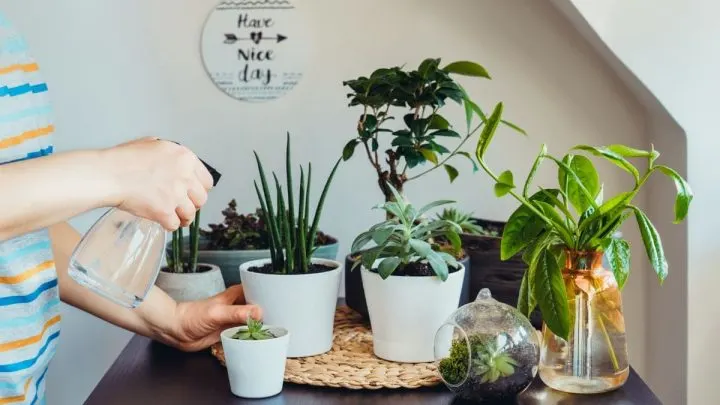Today we will talk about how to keep plants warm in winter. Keeping indoor flowers beautiful, healthy, and alive throughout the year is no easy task.
This especially applies to the winter period when plants need to be prepared for slightly different temperatures and heated rooms if your plants are indoors.
Regardless of whether it is annual or biennial species, shrubs, or other groups of plants, there are 3 primary conditions. The three basic conditions necessary for development during the growing season are water, air, and temperature.
Today we are going to talk about 7 ways to keep your plants warm during the winter months. So that you will have beautiful plants in the spring.
Let’s get down to business and learn all about this process!
Why Is Important For Plants To Stay Warm During Winter?
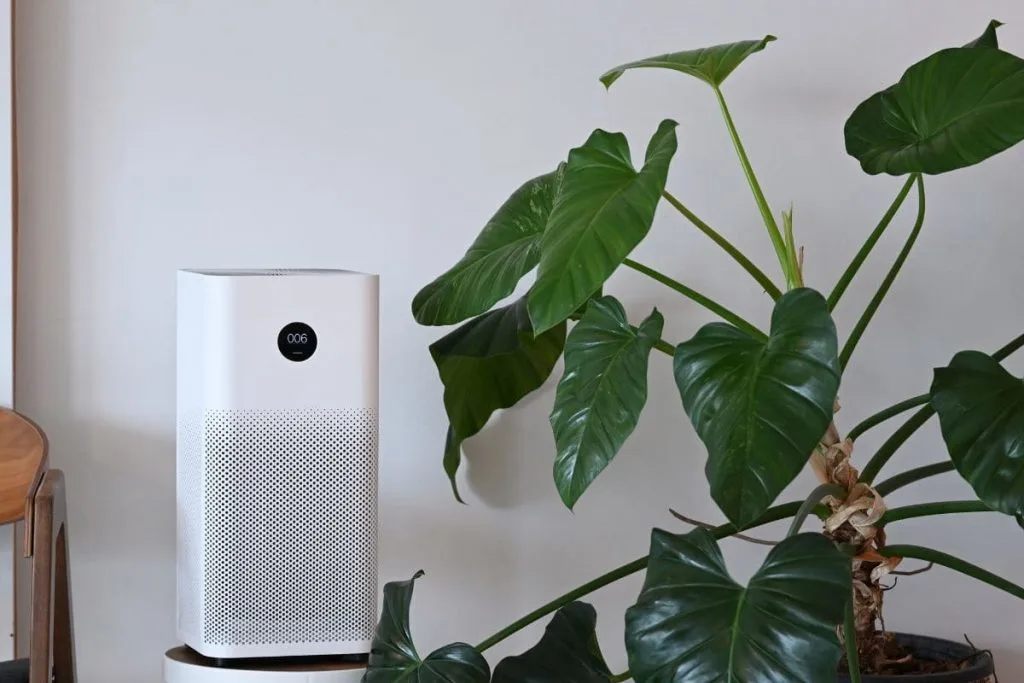
If you do not take good care of the plants in the winter, they will not be able to bloom again in the spring. Nor will they be able to bloom as they are used to during the warmer seasons. Indoor plants are best kept at a temperature between 35 and 40 F.
Some plants, such as chrysanthemums and lemons, are suitable for lower temperatures, such as 30 F, so they should be placed in cooler rooms.
Keep them near windows or balcony doors where the necessary “warm” light reaches them. And as for watering and the watering schedule, do it in the morning.
The frequency of watering depends on the type of plants and the temperature in the room where you grow your plants. It is best to use rainwater or boiled water because it does not contain chlorine.
It is important that the flowers are watered with standing water. And that the temperature of the water is at least close to the temperature of the room where the plant is located. Watering with cold water can harm plants both in winter and summer.
What Plants Need To Stay Warm During Winter?
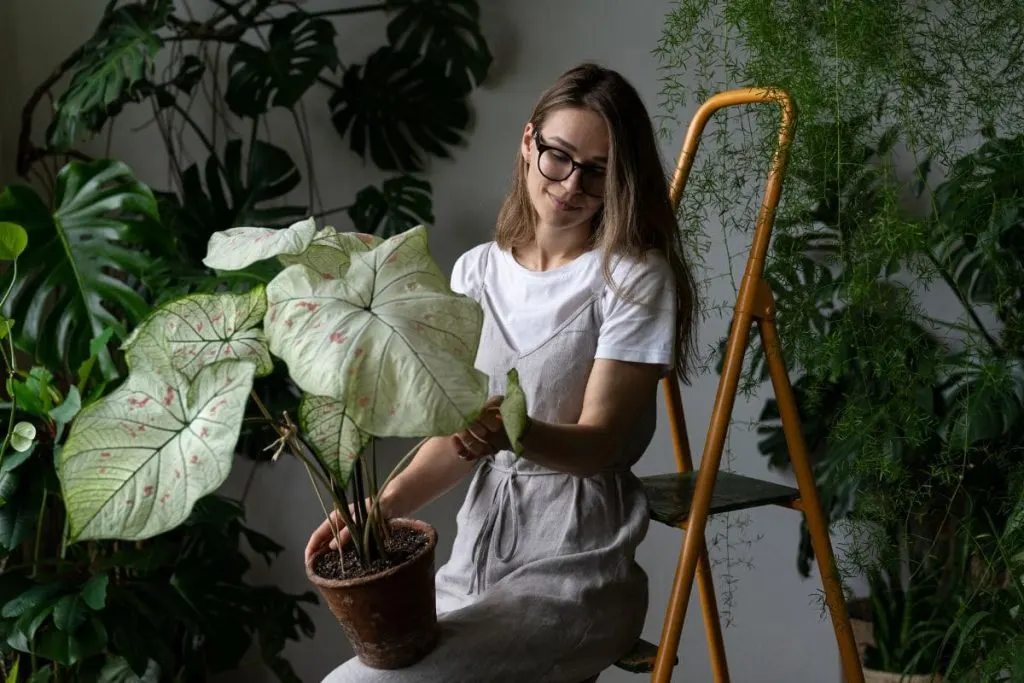
In order to properly prepare the plants for the winter months, they must first be treated against infections and pests.
For insects, flowers are sprayed with insecticides or acaricides. For fungi – with fungicidal preparations. It does not matter if there are signs of disease or the presence of pests on the plants or not.
Since most of the pests are concentrated on the underside of the leaves, make sure that the insecticide also gets on it during the treatment.
Types of ferns indoor cacti, Chinese gorse, i.e. aglaonema varieties, and clivia will survive the winter without any problems. But plants like begonia white, lilies, evergreen wisteria, many types of lilies, and colorful houseplants will need special attention and preparation for winter.
7 Ways How To Keep Plants Warm In Winter: Protect Plants With Our Tricks
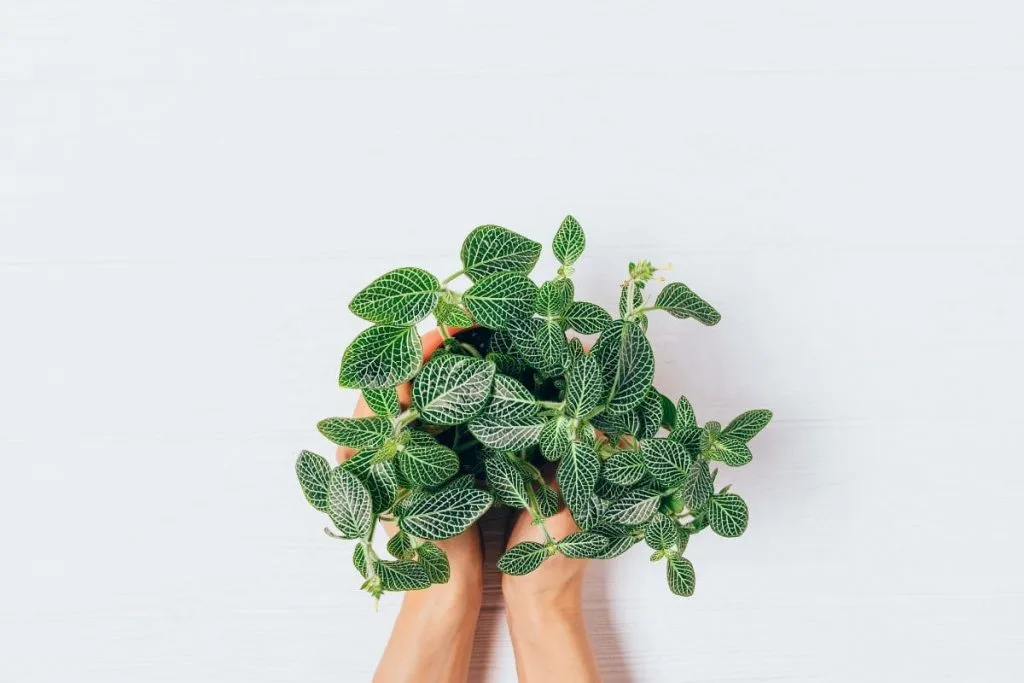
There are many ways to keep plants warm in winter. Some of them are space heaters. You can insulate plants, using a cold frame. You can cover plants with many things that can keep your plant away from frost, and so on.
The cold season can cause root rot on most plants that are not fully prepared for winter. In order to avoid ruined root systems, tender plants will need heat during winter, so, let’s keep temperatures warm.
Today we will go through in detail 7 ways to keep your plants warm in the winter. I.e. how to protect them from frost and freezing so that they bloom happily again in the spring.
1. Use Space Heaters For Your Plant

In winter, in addition to the heat you provide to your plants in order to survive the winter months, it is best to provide them with natural light.
Plants that spend the winter in basements have less chance of survival. If you use space heaters, that’s a great thing, however, without enough light, it won’t get the best result.
If you cannot provide them with natural light together with space heaters, then at least buy a lamp with artificial light. Because any light is better than no light at all. These peace heaters are great portable devices that are pretty cheap and anyone can buy them due to their price.
Of course, an important note is that you should never point them at your plant directly. Since that would completely dry out its leaves.
Heat will work anywhere, no matter which point you turn it to. So, make a little space between the place and the device and point it out to another part of the room. Most people use them in a greenhouse, but you can use them in your home as well. They will keep you warm too!
2. Try Ready-Made Greenhouse For Plants

You don’t have to make every greenhouse yourself. Believe it or not, many companies that sell things for the garden also sell ready-made greenhouses. These houses come in various sizes. Of course, you can choose the one that is perfect for your garden size.
This beautiful greenhouse will keep your plants warm all winter, especially if you get one made of solid glass. Frost, dew, rain, colder temperature, your plant will not care!
In these houses, you can also put space heaters that we mentioned above. Just imagine that luxury treatment for your plants!
They will not feel that the winter period has passed and in the spring you will have perfectly healthy plants.
3. Containers Can Help In Keeping Plants Warm
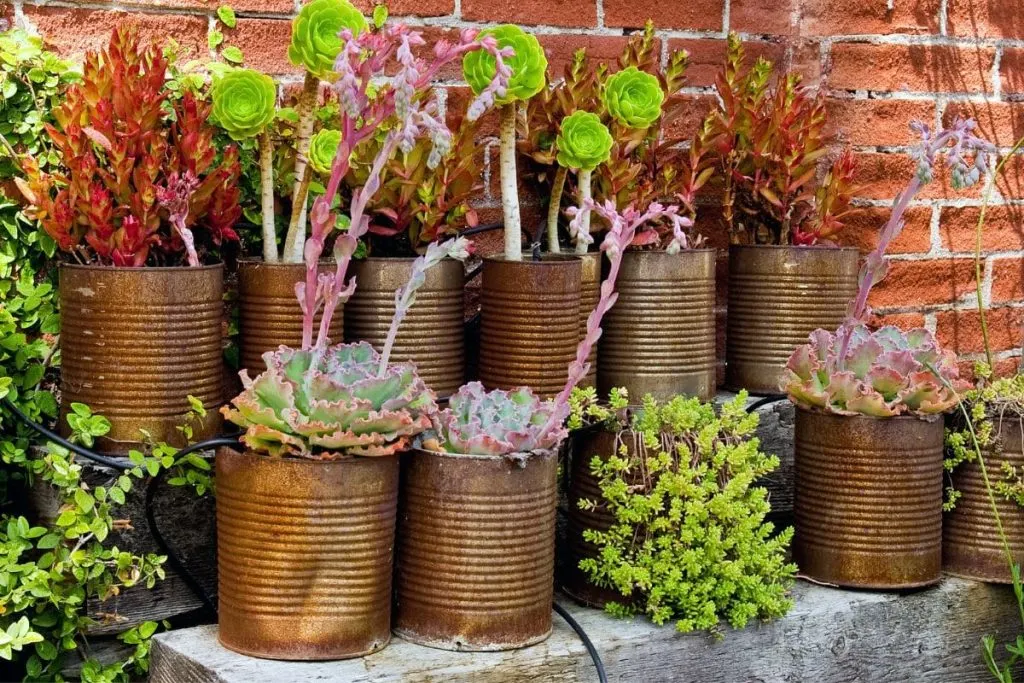
Plant containers are usually made of ceramic, some type of clay, copper, or aluminum. Most of the listed things have a strong ability to preserve heat. So your plants will enjoy the heat when you put them in containers.
You can buy plant containers at a variety of stores. Depending on which plant you are buying for, they are very cheap and you can get them on e-bay, amazon, and any store that sells garden and gardening supplies.
4. Blankets Do Miracles In Warming Up The Plants
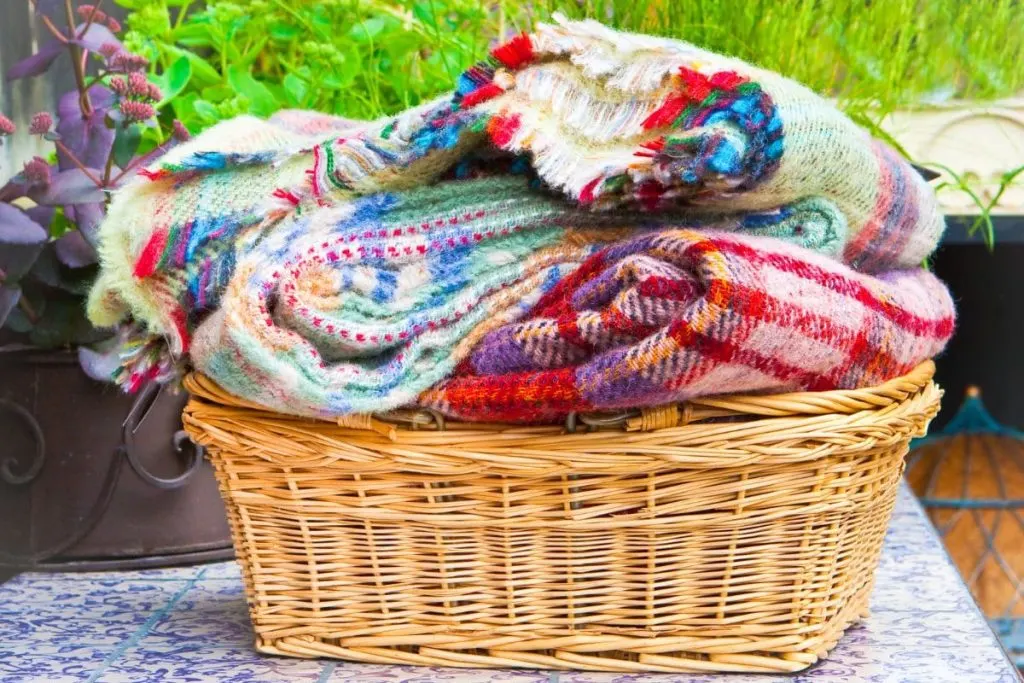
If your plant is outside on the terrace or in the garden, and for some reason, you do not want to buy containers or a greenhouse, the alternative is in your home and is very simple, and in addition useful.
Find a blanket that you no longer need or simply doesn’t belong in your house anymore because you’ve washed it too many times and you’ve had it for too long.
Wrap your pot in a blanket and when your plant spends the night with the blanket around the pot even on colder nights, it will be fine.
The roots of the plant will not freeze and the plant will be perfectly fine throughout the winter if you continue with this treatment. Do not doubt the skills of the good old blanket!
5. Covering Plants Is Great As Well

When you pull a nylon bag over your plant or just some harder nylon, the inner space where the plant is covered will heat up over time, wind, dew, and frost will not reach your plant and the plant will be exposed to warmth all the time.
If it rains in the meantime, condensation can form in such materials. The only downside to all of this is that your plant shouldn’t be exposed to condensation all the time.
Check the nylon here and there, shake the condensed droplets off the nylon and give the plant some time to breathe.
Nylon is just like a blanket, a very simple and cheap option, and I’m sure we all already have it in the garage with the paint stuff and other supplies.
6. Jute Sack Is A Good Idea To

The advantage of a jute sack is that the material is very flexible and you can cut and shape it as you wish.
Most people who decide on this option will cut this bag according to the needs of their pot, i.e. the same size, and wrap the pot with a jute sack.
Due to the specific materials from which it is made and the fibers in the material, they have the ability to warm your plant at very low temperatures.
Just like blankets and nylons, you’re sure to have at least one unused bag from a birthday party or backyard contest. If you don’t have one, their purchase price is very cheap.
7. Landscape Fabric Warms Up Plants Nicely
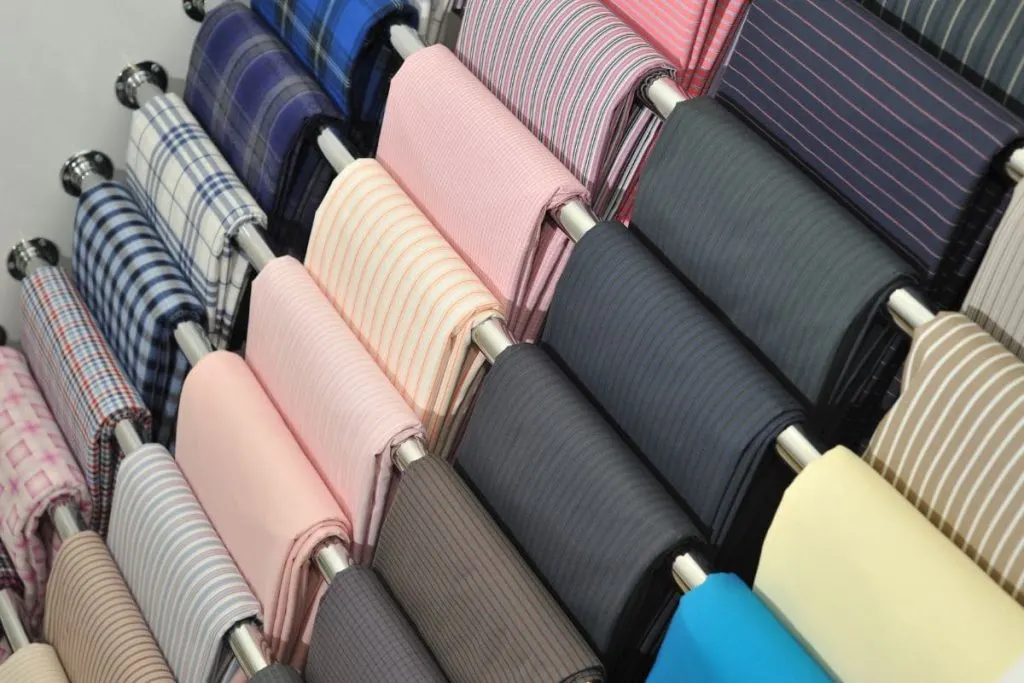
Most professional gardeners claim that behind the greenhouse, is the most efficient way to keep your plants warm during the winter in the yard.
This material is bought in rolls, in gardening markets, and cut according to the needs of your plants, their size, and their number.
However, this time, unlike bags and nylon, you will pull this material over the entire plant and make small holes so that the leaves and the tree can pass through the material.
When you have done this, your plants will stick out from this fabric and the ground around your plants will be covered by this fabric.
This is a very good option for plants that have a thin root system and for plants whose roots easily dry out and freeze. However, the upper part of the plant remains unprotected.
In case of a strong drop in temperature, in these cases you can cover the plant with thinner nylon so that the plant can still breathe and so that it is not completely closed.
FAQ

In order to answer all your questions in this article, we always set aside a faq section for you. Today we will answer the most frequently asked questions regarding the preservation of heat on plants during the winter period. Let’s see what we have prepared for you in this part.
Is It Okay To Keep Plants In Garage During Winter Time?
The plants will be warm, but will not have enough natural light. That is why you should buy a lamp for artificial light so that your plant has all the necessary conditions during the winter.
How Cold Is Too Cold For The Plants?
For some plants, 40 F or even 45 F is very low and they need more than that for healthy growth and development.
Wrapping It Up
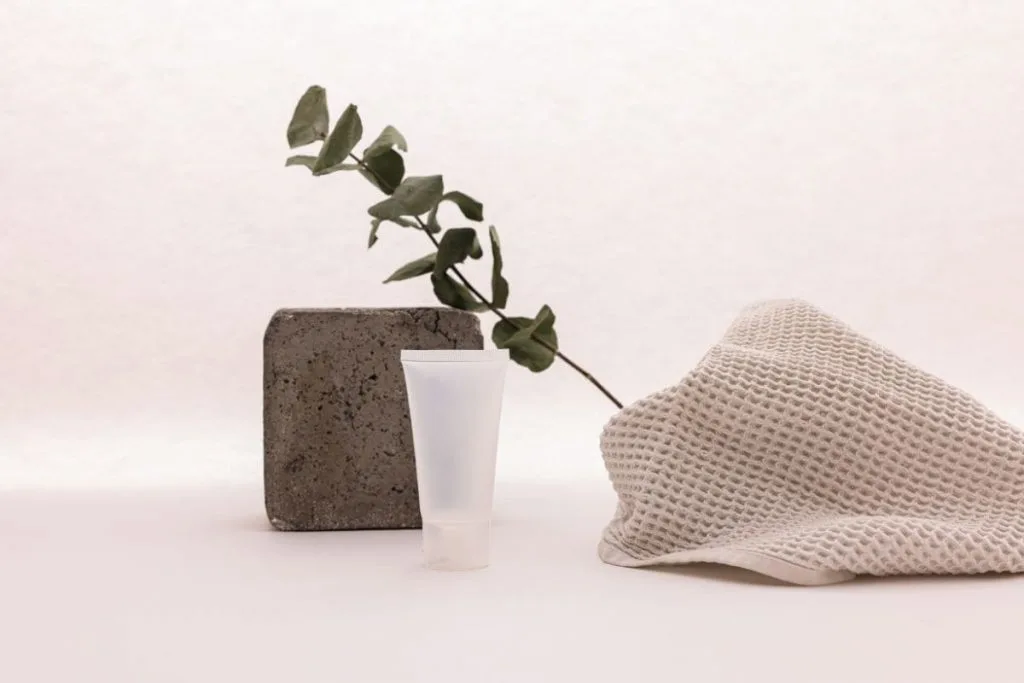
Today we learned how to keep plants warm in winter. Cold temperatures and cold weather can affect our plants a lot and due to that, we have to learn how to deal with those problems.
Keeping indoor plants warm isn’t as hard as it is for our outdoor plants. We can’t control those conditions, but today we figured it out and know we do!
As long as you have potted plants, it will be easier for you to fix these problems. Now you know how to keep indoor plants warm, you’re welcome!
That would be all for today, see you back here soon!

